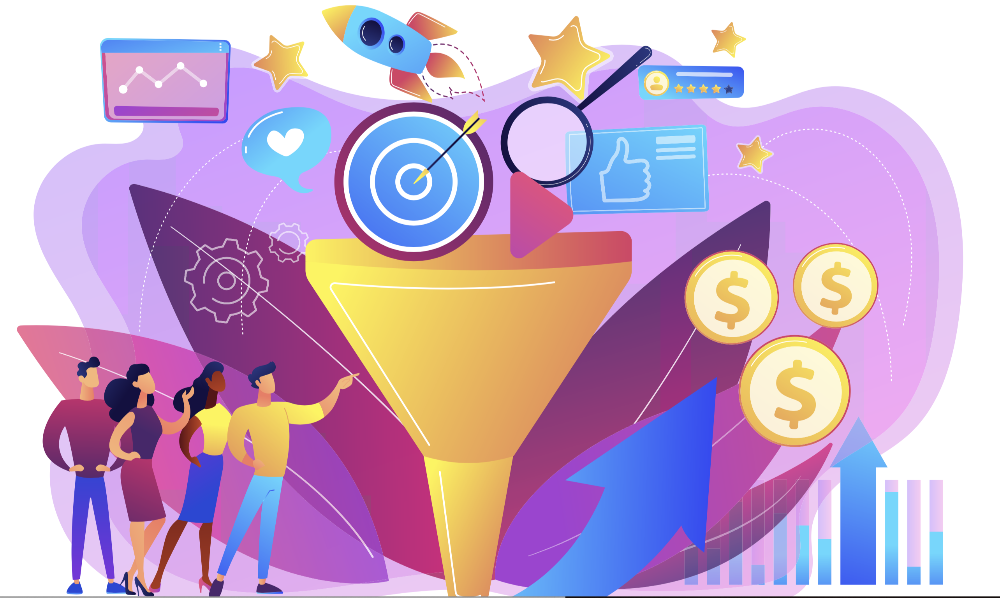Everyone who is in the sales department of any industry knows what a sales cycle or sales process is. The sales cycle is a 7-Step process followed by the salesperson to complete the process of finding and converting a lead to a customer. We can describe a sales cycle as all the steps, events, and phases taken by a potential customer, on their journey, from recognizing they need a product to making a purchase.
From the salesman’s point of view, the sales cycle are the steps taken by him to turn a lead to a customer. For a salesperson, the process begins at the point of discovery of a contact or account, which can be either through outbound prospecting or an inbound inquiry.
All these stages of leading a prospect from discovery, awareness stage to closing, over a while, and sometimes even after, eventually make up for the sales cycle.

The sales cycle's execution will depend on the product or service and may vary from industry to industry. But no matter what industry you are in, every business follows the same basic sales stages to close deals. Having this process and framework down pat ensures you got a clear and consistent method that nurtures leads into sales.
Why is a Sales Cycle Important?
The sales cycle is important to follow for the following reasons:
Easy Onboarding and Training process
Having a defined and structured sales cycle makes it easier for the company to train new sales reps. You will have a structured framework or roadmap that helps them get used to your sales process.
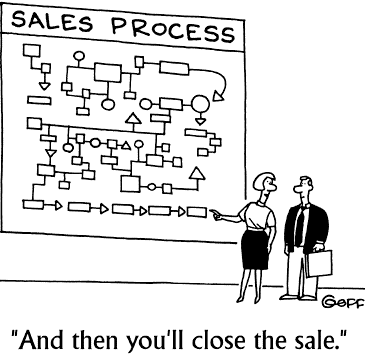
Team structure
Having a good understanding of your sales cycle makes it easier for you to structure your team to be more effective. Structuring your team will help you find the bottlenecks and makes it easier to follow up on leads. Each team member's roles can be well-defined, and each member can be responsible for focusing on just one section of the journey.
Improve Team Performance
You can keep track of your team’s performance by monitoring the average length of your sales cycle. If the sales cycle duration is decreasing, it means the team is performing very well. It will help you keep track and benchmark your sales cycle against your competitors. Sales motivation is key for teams perfoemance.
What are the Stages of a Sales Cycle?
Here are the seven basic stages of a sales cycle every sales rep should know. The following stages are involved in a moderately long sales cycle, ideal for selling both medium and big-ticket products and services.
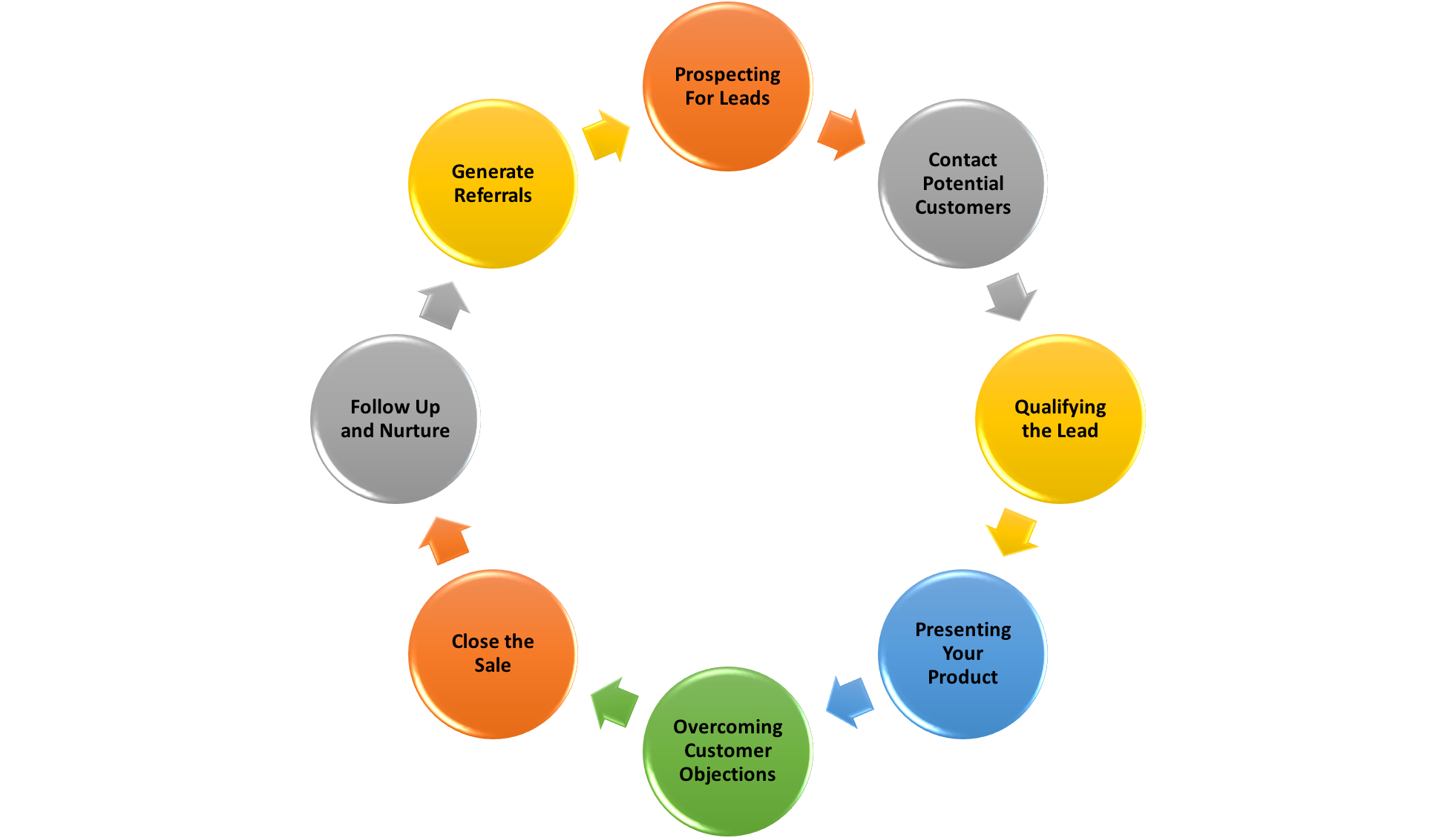
1. Prospecting For Leads
To sell anything, you first need to have a customer or a prospective customer. Identifying your potential prospect is the first stage in any sales cycle. This requires you to have a good understanding of your service or product that you plan to sell.
Prospecting is also known as lead generation. It involves identifying potential buyers to add to the top of your sales funnel. These leads are usually people who have expressed interest in the product or service that you are selling or maybe interest-based as per industry, gender, or demographics.
Start by creating a buyer’s persona or an Ideal Customer Profile (ICP). Once you have a profile to work from, you can begin generating a database of potential leads who match that profile using these steps:
- Collect recent customer referrals
- Networking Events
- Attending Trade Shows
- Content leads on your website
- Search social media
- Lead databases
- Outbound email
- Outbound calling
- Inbound marketing
- SEO
- PPC ads
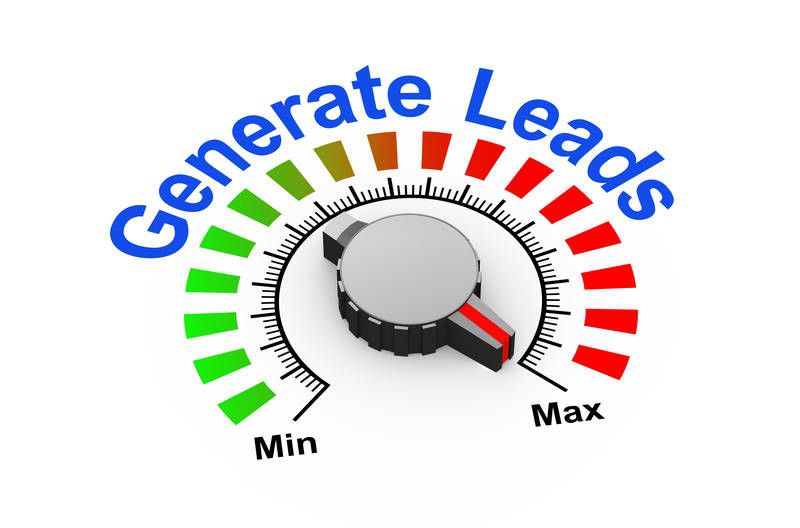
Prospecting is usually done through online research, buying lead lists, or inbound marketing methods. At this stage, you must take the time to actually understand the customer first. Targeting your prospecting efforts to your target customers or ideal customer persona increases the odds of leads you generate to eventually becoming customers.
2. Contact Potential Customers
Once you have identified your prospects, the next stage is to initiate contact. Sales reps get in contact with qualified prospects during this stage and try to set sales appointments.You can use good sales tactics to start the initial conversation.
The channel of communication you choose depends on your business of the type of prospect. Your first point of contact is usually email or, in the case of traditional businesses, a sales letter. In some cases, a phone call is a more appropriate means of contacting a prospect. This stage is still very early, and you are just establishing contact with your potential contact at this stage with the hope of setting up a formal meeting.
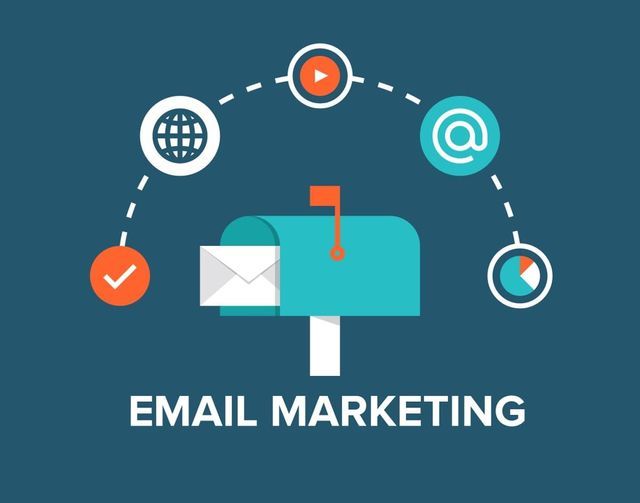
3. Qualifying the Lead
Once you have gotten a response and connected with your lead successfully, you need to identify if they are a good fit for your product and have a strong intent to buy. At this stage, your job is to gather as much data as possible about your lead so that it’s easier for you to qualify them as a prospect.
Some of the questions that you can ask your clients are:
- What is their budget?
- Can your lead afford your product or service?
- What is their job title? Is the lead the key decision-maker?
- What are their pain points and needs?
- How urgently do they need your product?
- Does your product or service meet the lead's needs?
- Is the lead interested in your product or service?
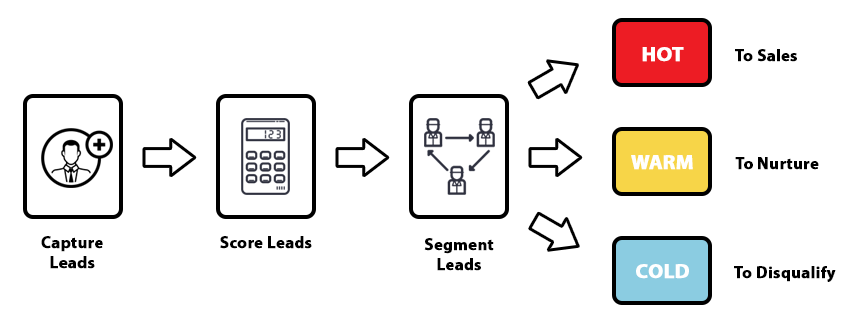
At this stage, you will have to vet your client as much as possible. If done right, this stage will save you a lot of time and resources since you will only pitch to qualified leads.
4. Presenting Your Product
This is the most crucial stage as this is the point at which you present your product and offer. This is usually done at the presentation or sales pitch, where you need to actively demonstrate how your product or service meets your potential customer's need. You should always aim to present your product in a way that solves the issue your customer is facing.
Demonstrate how your product will improve day-to-day operations. The key is convincing the key decision-maker that your interests are aligned. Bring the focus on the fact that your client is the one who stands to gain if the transaction goes through.
Focusing on solving the business problems instead of features helps them see the impact of your product or service on their business right in front of them. This makes it easier for them to make a purchase decision since they have seen the value your product brings.

Keep in mind that you’re also selling yourself during this presentation, so things like body language, mannerisms, and even your appearance can influence a sale.
5. Overcoming Customer Objections
It is common that even your most enthusiastic lead might be skeptical about signing up and might have objections. Use this opportunity to convince them that your product or service is worth the time and money for their business.
When objections arise, do not be afraid to ask the client for the context to their objections. Always listen patiently to what the clients have to say and clarify the doubts and concerns. The best strategy in this stage is to have open lines of communication and offer the best possible value for all the parties involved to move the deal forward. Always take this time to re-frame your pitch to acknowledge and overcome those concerns.
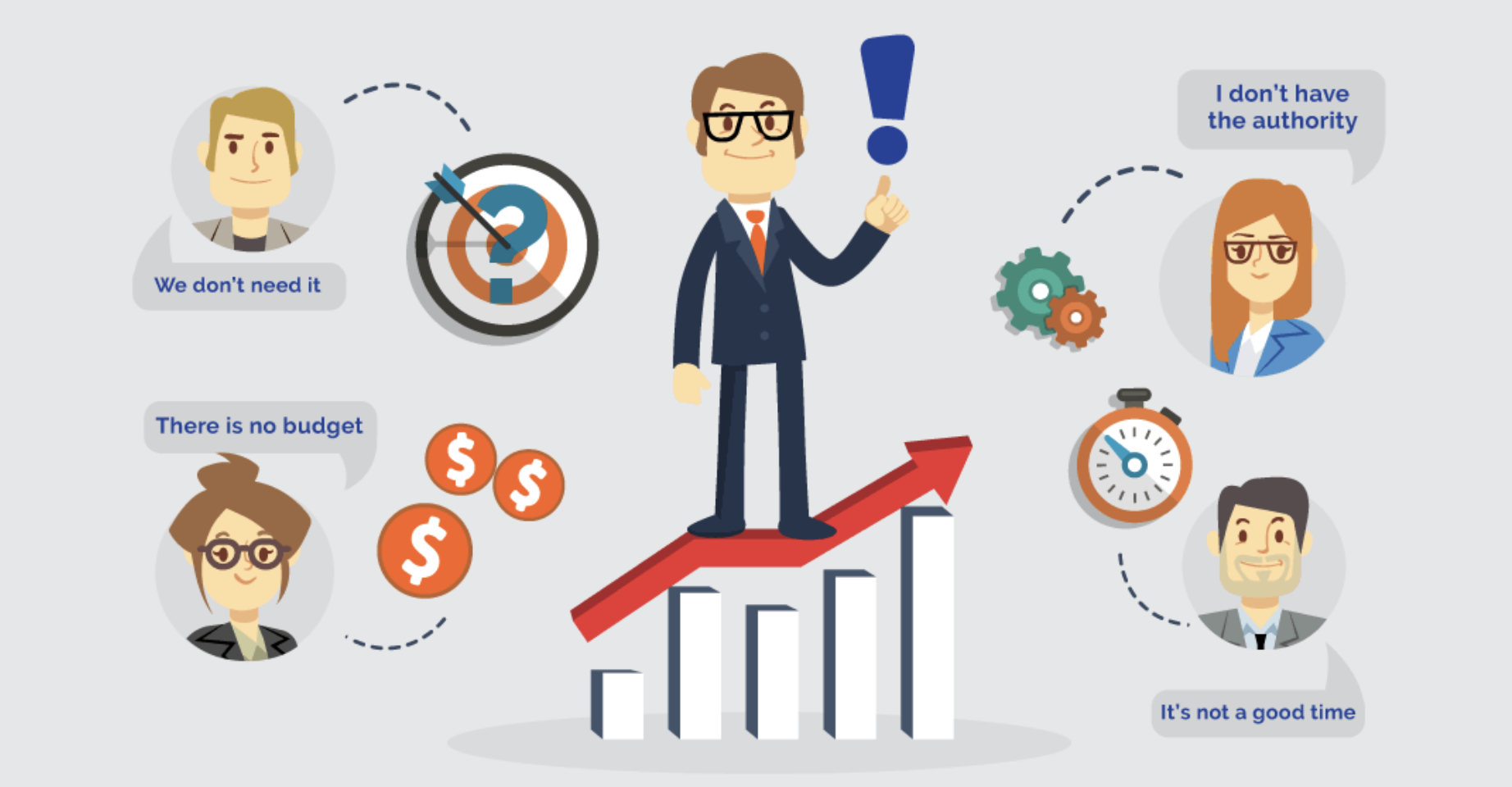
Sometimes, your prospects might reach out to your competitors once they have received a quote from you. You can safeguard from such behavior either by having them sign clauses or seeking confirmation on not participating in such practices in written form.
6. Close the Sale
Your job as a good salesperson is to be able to read the prospect’s mood, thought process or attitude and use it to tailor the closing style. Suppose they have eagerly listened to every word you have said and you feel like you have established a good connection. In that case, you can use a more direct closing: “OK, so let me have the documents sent for signature, and we can pick a delivery date as soon as the papers are processed. Sound good?”
A more tentative or less enthusiastic prospect will need a softer, more nuanced approach. At this point, remember, you have the foundation that has been laid through the previous stages in the sales cycle as to why this customer needs your product. You can take this time to revisit the product's advantage points.

At the closing stage, you get the decision from the client to move forward.
You can try one of these closing techniques:
- Alternative Choice Close: Offer the prospect a choice, where both options are a close of sale. For example - “Will you be paying the whole fee up front or in installments?”
- Extra Inducement Close: Offer something extra to entice the prospect to close, such as a free month of service or a discount
- The Urgency Close: Pitch your product at a discounted, limited-time price. Create urgency by expressing that time is of the essence.
- The Assumptive Close: Behave as though the prospect has already agreed to buy what you are selling
- The Suggestion Close: Provide purchasing suggestions based on what you have learned about your client’s needs.
If your potential customer signs the contract, congratulations! However, if you were not able to close the deal, do not be discouraged. Always continue to nurture both existing and lost deals with email campaigns and other resources. They could be ready to purchase later on.
Use lost deals as a learning opportunity to do better and get feedback. Ask such customers what their main reason was for not signing on. Use this feedback to go back through your sales stages and sharpen and improve certain sales skills.
7. Follow Up and Nurture
It is important to invest some time into your new customer even after the deal is closed. Once the sale has been closed, your job is to follow up and nurture these leads.
The follow-up stage ensures you keep in contact with customers you have closed for potential repeat business and referrals. This stage focuses on strengthening customer loyalty and maintaining relationships. It's important to remember that retaining current customers is six to seven times less costly than acquiring new ones.

Nurture new relationships by:
- Making sure that they have a smooth on-boarding process between account managers
- Talk with marketing to determine the types of things that are going to be helpful to your targets, and send valuable resources, such as how-to guides and demos
- Check-in with your customer every 1-3 months via call or email and ask how you can help
8. Generate Referrals
If you continually invest in your customers and they are happy, do not be afraid to ask for a referral. The time to ask for referrals is generally after closing a successful sale.
Hopefully, your new customer is excited about their purchase and is in a position to recommend other clients. You can save energy and time by asking your client if they know people who might benefit from your product or service. This is usually friends, family, or colleagues. You may also ask for referrals later on as your business relationship grows.
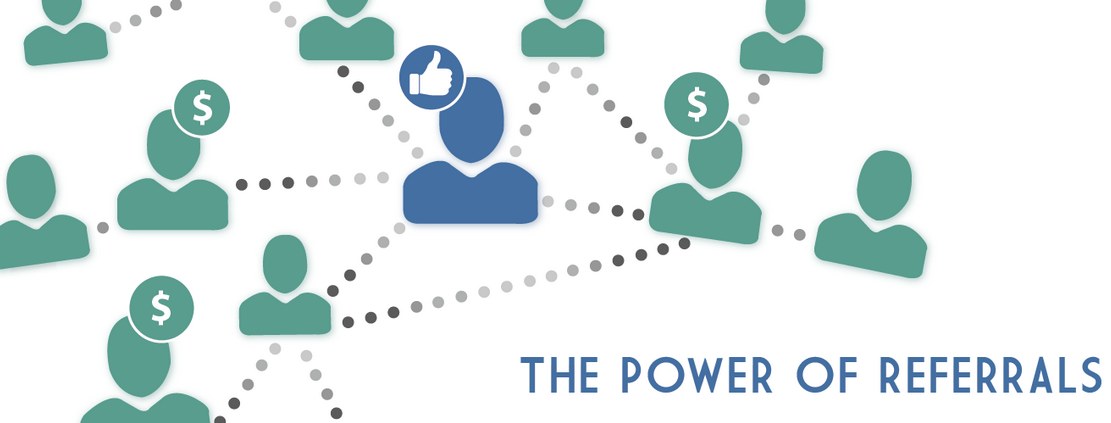
Apart from good old word of mouth, try and get your customers to contribute and build your social proof. This can be done by having their permits to use their brand logo on your website, partner on case studies, etc. Good content with social proof can be of exponential value as it distributes itself over the internet.
Conclusion
A sales cycle is very helpful to keep track of your sales goals. It structures your process so that you can always have an overview of your team's progress. It provides you a framework and will help refine your technique and will help you increase sales and grow your business.
Each sales cycle is unique and is different as per the industry; no two cycles are the same. The length of a sales cycle will also vary as per the deal and industry it is from. However, in general, every sales cycle follows a form of the same seven stages mentioned above:
- Prospecting For Leads
- Contact Potential Customers
- Qualifying the Lead
- Presenting Your Product
- Overcoming Customer Objections
- Close the Sale
- Follow Up and Nurture
- Generate Referrals
A defined sales cycle can help you do the right things right and know for sure what works and what does not. Using this knowledge, you can avoid making the same sales mistakes over and over again.
With an excellent long term sales cycle, your sales team can:
- increase sales revenue
- get more referrals
- reduce customer retention costs
- create and maintain long-lasting customer relationships
- higher customer lifetime value
A simple way to make sure that your team sticks to your sales cycle process is by using a CRM (Customer Relationship Management) system.
A CRM system like Deskera CRM will automate every sales stage and prompt what actions to take when to follow up, send information, and when to start preparing your sales pitch.
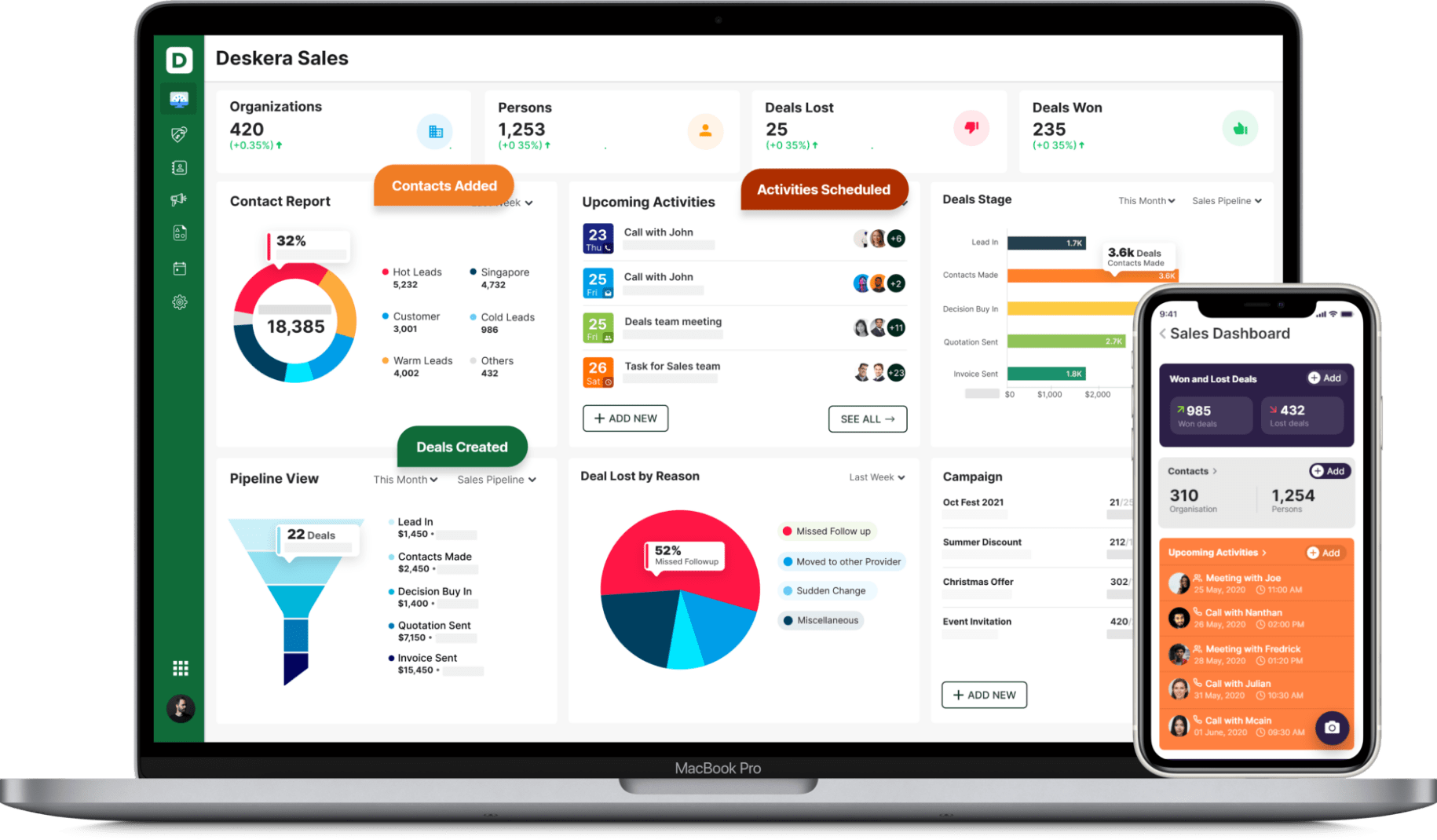
A good CRM system allows you to easily program all the sales stages. It documents all communication and helps move a prospect from one stage to another at the right time. A CRM system ensures less work and more sales.

